Sights and sounds at Yediyur Lake I am not immune to FB posts, so when there was a sudden rush of bird sightings from Yediyur kere, I realized that I’d not visited for many years. When Padma and Ramaswamy suggested going there this morning, I was very happy to join them.
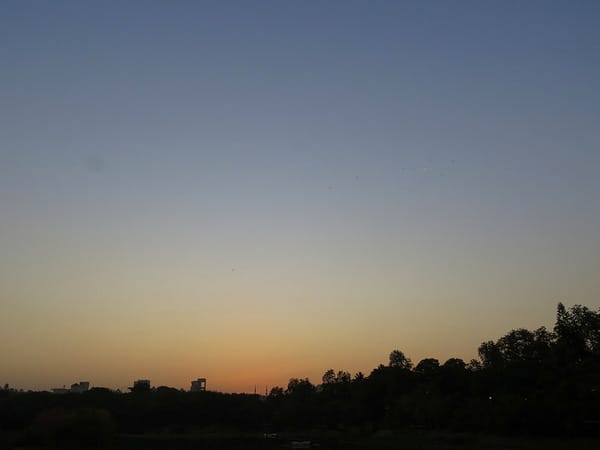
So many trees have fresh leaves right now, like this Peepal tree:
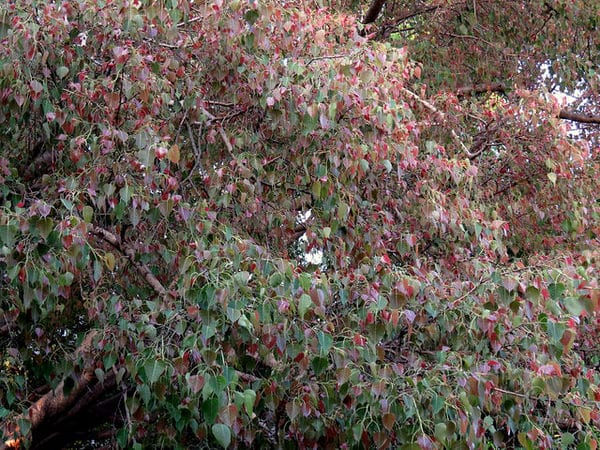
This lake is maintained well. However, the fact of its being completely fenced around, and having all growth stunted to bush size except for a few spots, made it feel more “manicured” than I am comfortable with…but that’s a matter of personal choice!
There were some oddities, like this seat that could not be accessed!
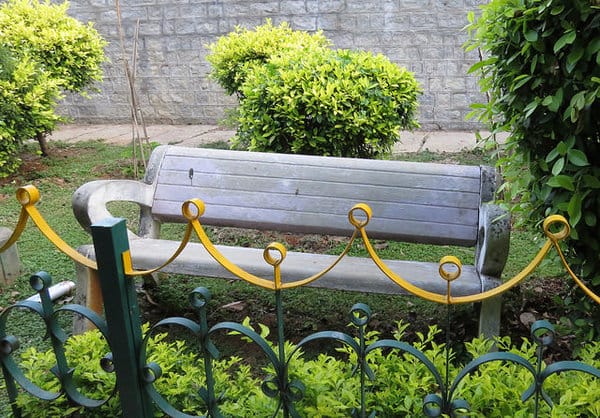
We entered the area to a rising orchestra of White-cheeked Barbets, and the unmusical calls of Rose-ringed Parakeets as they flocked to the Akasha Mallige, Peepal and Dolichendrone trees. As we slowly started moving along the path, we were treated to the sights and sounds of several Koels; whether the bodies were black or spotted, the ruby eyes were the same.
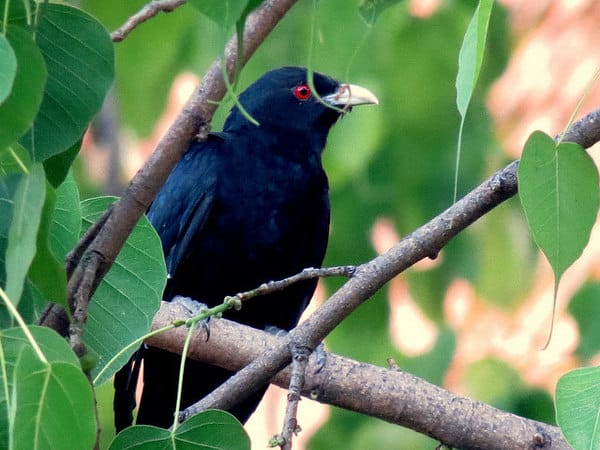
We were, of course, prepared for the “usual gang of suspects” after which our birding group is named; but as always, something unexpected, and something interesting, happened! We were watching both a group of Spot-billed Ducks and some domesticated mallard-derivatives (I don’t know the correct name for these interbreeds!) when suddenly, a group of drakes decided to “advance” on a female. She sank into the water under their combined onslaught. She managed to flap her way away from the other three, but a fourth was very persistent, and made quite a nuisance of himself. It was obvious that the lady was not willing.
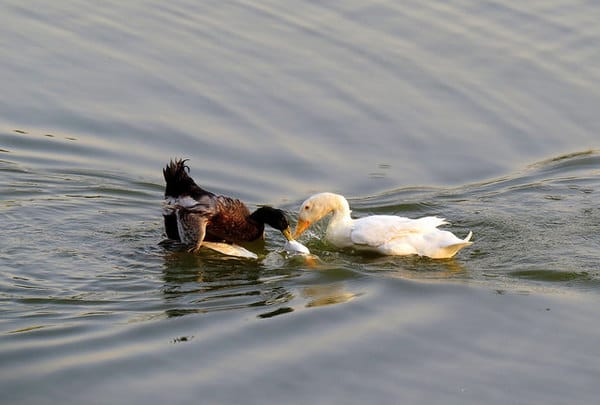
Another duck, who saw the fracas,suddenly decided to come to her friend’s aid. She flapped her wings at the drake until he released the besieged duck, and both the ladies happily swam away, at the end of a successful rescue mission! We could not help laughing even as we watched intently.
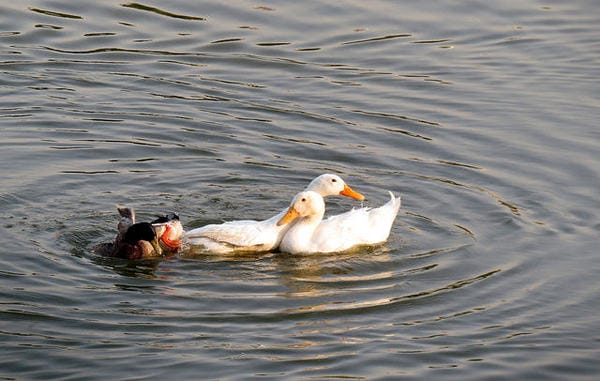
A Black-crowned Night Heron skulked under a Lantana bush in the middle of the lake.
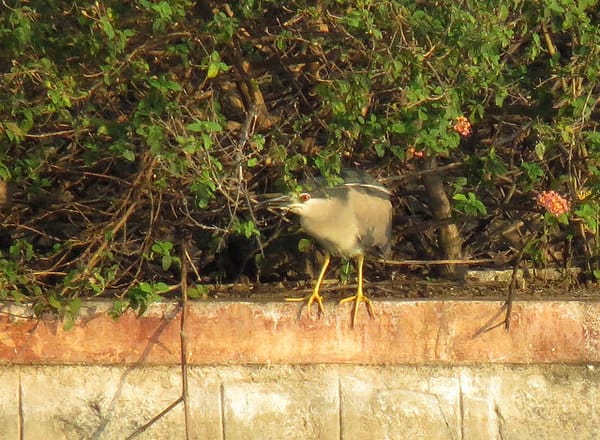
An unexpected sighting was that of a Spotted Owlet as it flew for a short distance out of the large Ficus benjamina trees, and back in. One Dolichendrone tree close to the entrance suddenly seemed to become a hotbed of small-bird activity.
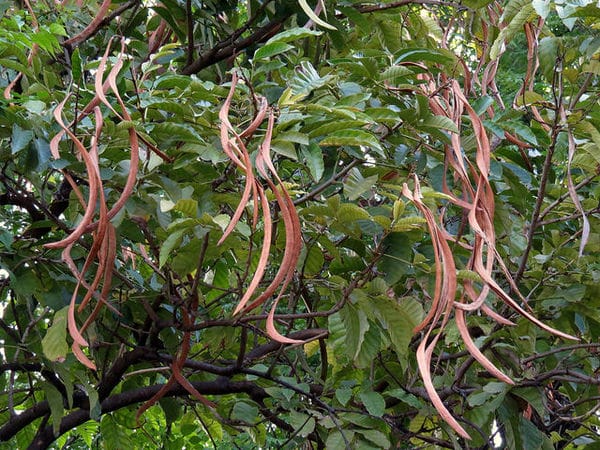
The seed-pods, with their typical spiralling shapes, had already set, and there were no flowers…but yet, Sunbirds, Tailorbirds, Pale-billed Flowerpeckers, a Blyth’s Reed Warbler, and some Ashy Prinias…all kept the tree literally “hopping”, and we were able to listen to their calls, too. These are occasions when one can practice birding “by ear”, and have the id validated by what one sees. I was rather intrigued by a brick “bird wall” that had been set up at one place:
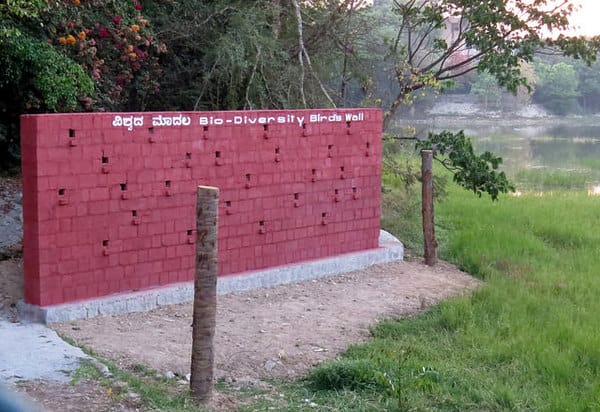
…and concrete “bird holes” in another “bird corner”. It will be fun to see if birds do take up nesting in these holes. But meanwhile, watching Black Kites bringing in twigs to make their homes was interesting enough! A White-throated Kingfisher added its bright blue back and lipstick mouth as it waited for a catch.
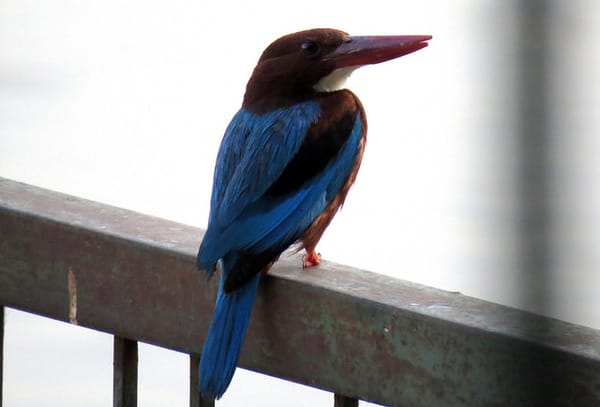
Two groups of Rosy Pastors flying overhead, their local cousins, the Common and (the always well-groomed) Jungle Mynas,and the bisyllabic call of one Green Warbler (thank you for the call tutorials, Mike and Ulhas, they’ve been useful!)…between our eyes and ears, we didn’t know where two hours went, and we left the place before the lake was locked up. I will never understand why our lakes and parks are kept locked through the day…what are we trying to prevent? I did look at a lot of flowers, plants and trees as well:
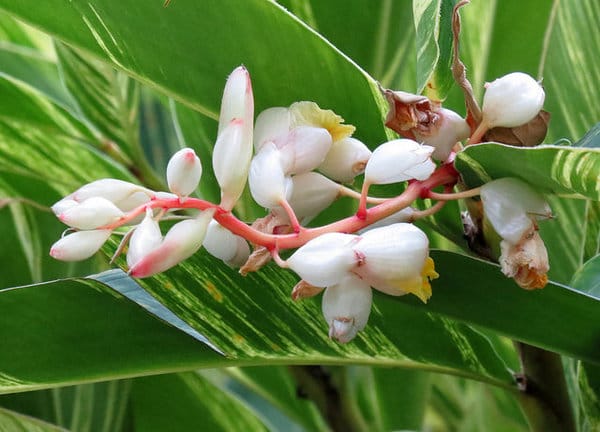
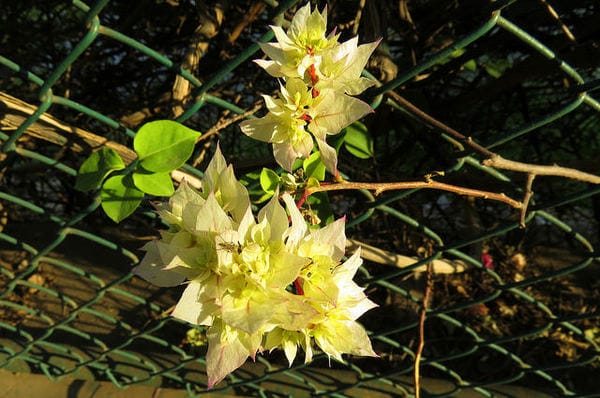
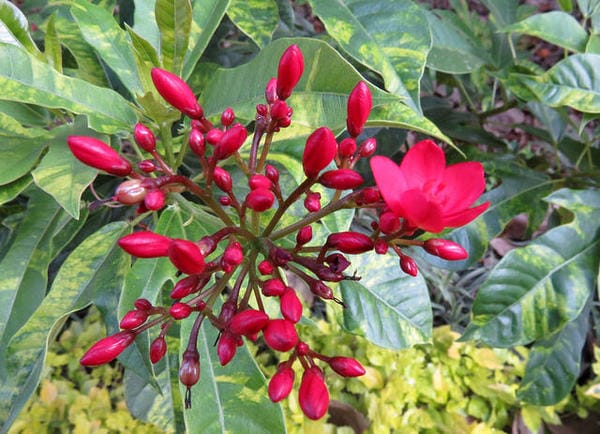
Finding out names (hoping to remember them, not always successfully!) will occupy me for a while. Watching some hornets beginning to make a nest on the underside of a leaf was also fascinating. Well satisfied with our morning, we went off for khaali dosa at the excellent eatery (Brahmin’s Special, no relation to the Basavanagudi Brahmin’s!) near my home, arranging to meet for tomorrow’s outing to Hessarghatta Lake.
A video of the same is here:
Spending time with good friends, looking at many things, under the shade of greenery, dappled with golden morning sunlight… how lucky I am to be able to do this! I hope all of you visit some of our city’s few surviving lakes and enjoy the sights and sounds! My photos are on an FB album here. The bird list (very respectable!) is here.
Related Articles
Flowers that bloom in Lalbagh in March
Rock Eagle Owls of the NICE Road
All in one morning at the lake